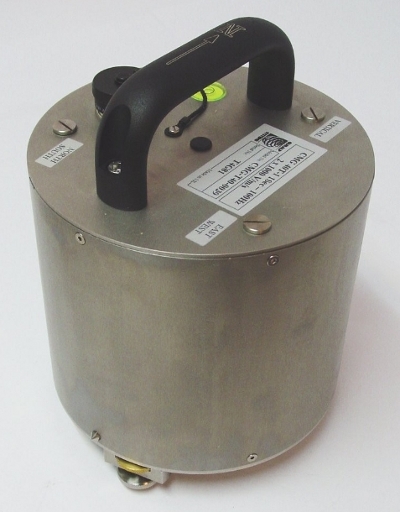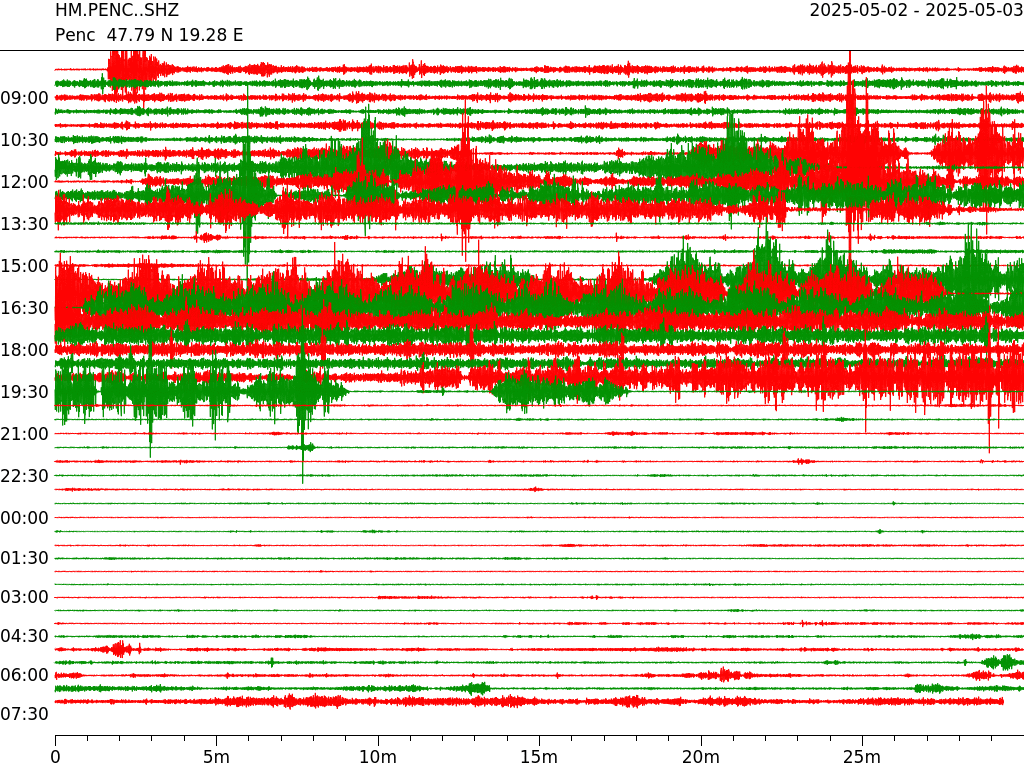Observatory
The Satellite Geodetic Observatory as a complex geodetic-geophysical station, in the frame of wide national and internationa co-operations, hosts a wide range of geo- and atmospheric physics observation techniques.
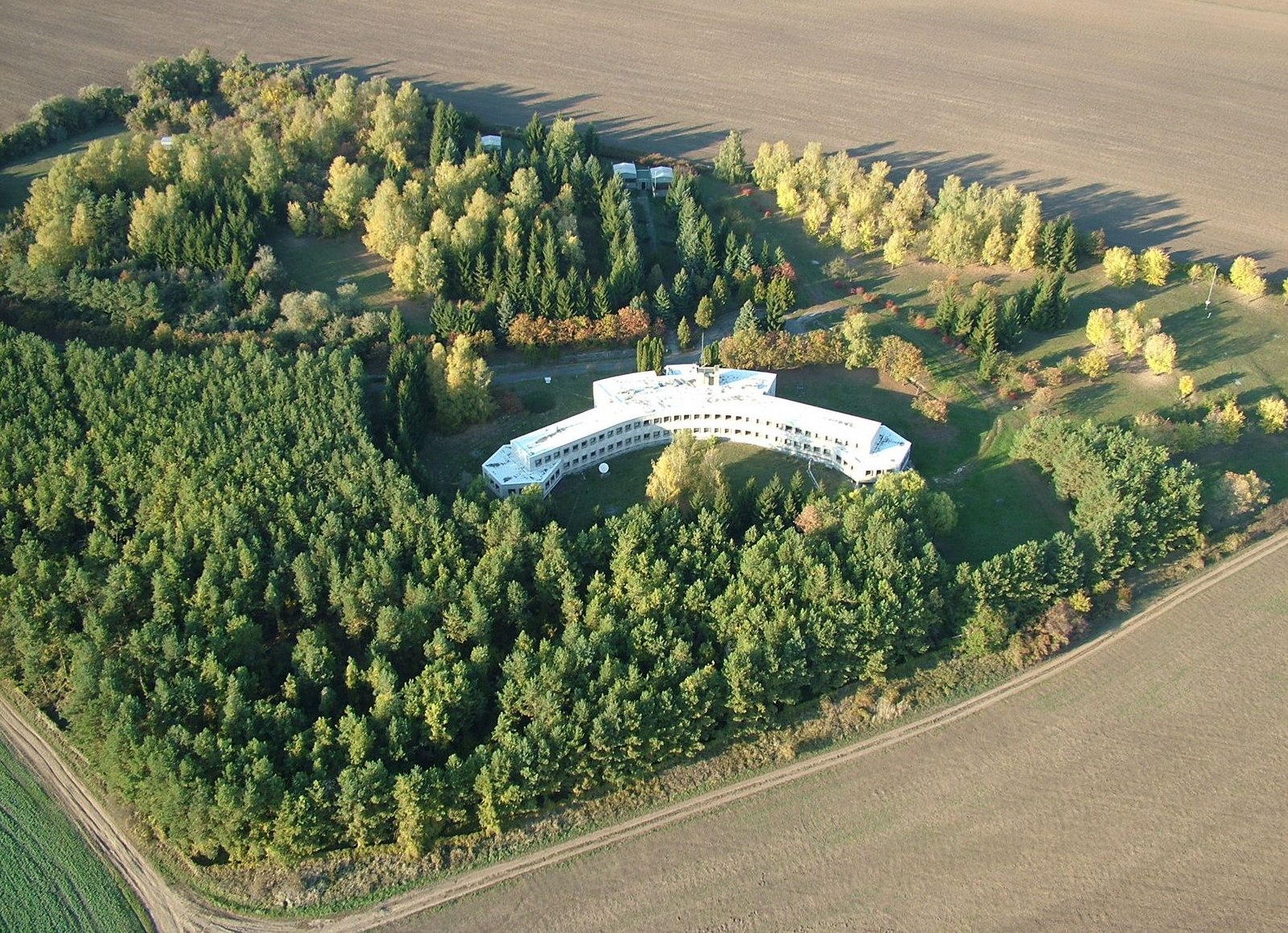
Permanent GNSS Stations
The continuously operating GNSS stations are the basic tools for the maintenance of geodetic reference frames, solid Earth and atmospheric studies and geodetic positioning services. The PENC permanent GNSS station physically is a pillar on the top of the SGO main building and started its continuous operation in 15 of March 1996. The pillar was monumented in 1990 and earlier it was used for epoch campaigns as EUREF CSH’91 and the biannual MGGA and CEGRN campaigns. PENC station became part of the global IGS (International GNSS Service), the regional EPN (EUREF Permanent Network) and the national GNSS networks (GNSSnet.hu). Since 26th of June 2007 the GNSS instrument is also capable of receiving GLONASS signals.
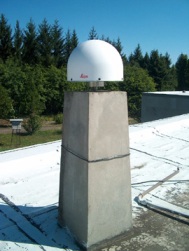
Due to the increasing impact of the growing trees surrounding the observatory, we had to install an additional marker, called PEN2, at a higher location on the main building in 2012. On PEN2 we operates the first Hungarian Galileo capable antenna and receiver. PENC and PEN2 formed the first twin GNSS station in Hungary. PEN2 is also part of the EPN network and the IGS M-GEX project, where the multi-GNSS capabilities of the positioning services are being tested. Both stations are involved in the maintenance of geodetic reference systems (global ITRS, European ETRS89 and national ETRS89/OGPSH), as well as the GNSS ground motion analysis and GNSS meteorological studies. The description of the stations (log file, quality parameters, coordinate time series) can be found in the EPN Central Bureau website under the PENC and PEN2 links.
Meteorology
According to the agreement signed in February 1999 with the Hungarian Meteorological Service (HungaroMet), SGO hosts a climate station of HungaroMet. Climate observations (e.g. temperature, wind speed, wind direction, humidity, rainfall with ten minutes sampling) are used for monitoring climate change and supporting weather forecast. The automatic station (QLC-50) is located in the park of the SGO. This station also integrates SGO's atmospheric pressure sensor.
Seismology
Earthquakes are recorded by continuously operating seismometers on networked seismologic stations. As part of the national microsemic earthquake monitoring network SGO hosts a Güralp CMG-40T seismometer operated by the Research Centre for Astronomy and Earth Sciences, Hungarian Academy of Sciences (MTA CSFK), which continuously registers three components in digital mode. The spatial geodetic analysis of surface movements and the combined interpretation of seismological observations contribute to the understanding of the recent tectonic processes.
Absolute gravimetric station
The Earth's gravity field’s vertical acceleration (known as g) can be measured most reliably by superconducting or free-fall based absolute gravimeters, where g is determined by in situ measurement without the need to connect them to any reference points. While superconductive gravimeters require stable laboratory conditions, the instruments based on interferometric measurements of a test body’s free-fall have already field version (A10) as well. The accuracy of the measurement is better than 1 μGal (1 μGal = 10-6 cm / s2), which is an extraordinary precision compared to the mean value of g (about 981 cm / s2). In Hungary, there are 23 absolute points under the auspices of the Mining and Geological Survey of Hungary (MBFSZ), which are the reference points of the Hungarian Gravimetric Network. One of them is the absolute gravimetric point established in 1996 in SGO in the frame of the UNIGRACE project, and part of the MBFSZ gravimetric calibration network. The point is measured at regular intervals. For information purposes, the value of the acceleration of gravity observed at the point in 2007 is 980832820,37 μGal. From the combined analysis of the repeated absolute g measurements and levelling, conclusions can be drawn to the height changes of the points and to the inherent physical processes (for instance mass rearrangements).
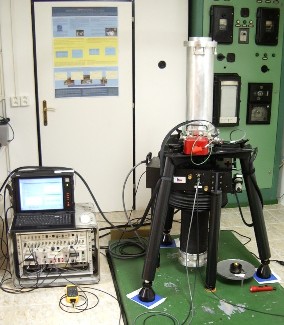
Lightning detection
In February 2008, the Space Research Group of the Eötvös Lóránd University installed a sensor in the SGO part of the LINET lightning detection network. The LINET network incorporates more than 500 stations all over the world. In Hungary there are additional stations in Pécs, Szeged (HungaroMet), Sopron (MTA CSFK Geophysical and Geodetic Institute) and Debrecen (MTA-CSFK ). Our station is now operated by the German Nowcast GmBH. The archive data can be used by the participating institutes for their research purposes.
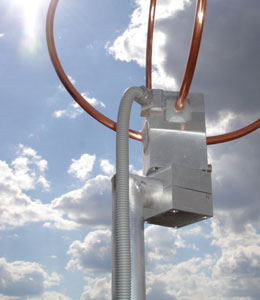
Thunderbolts associated with heavy rainstorms have a multivarious relationship with many processes of our environment, so their accurate monitoring is a significant research and service area. The occurrence of lightning shows the position of intense cloud cells and moving weather fronts (meteorological forecasts, aviation safety), change in lightning activity is a sign and indirect measure of climate change, short pulse (once or twice microseconds) of discharges is the source of electromagnetic signals (whistlers) in the plasma sphere, which are important actors for several upper atmospheric energy-coupling processes. The discharges generate a broadband electromagnetic pulse (UWB, up to 100 MHz), and their significant energy fraction spreads through the Earth's surface as so called atmospherics. While the low-frequency signal (ELF-VLF) of the sphere may reach long distances (> 10,000 km) in the Earth-ionosphere waveguide, higher frequencies (> 100 kHz) can be detected by only nearby (< 1000 km) stations. This also determines the station density of measuring networks operating in different frequency ranges. In addition to the measurement barrier (the extent of the analysable region with one station), the identification of each lightning pulse on the recorded data series (unique DSP algorithms), the range of lightning detectors derived therefrom (geographical coordinates of discharge, height, type) and also their reliability vary widely in each measurement system. The sensors are the magnetic antennas looped around the points of the measuring network, besides the sampling of the antenna’s broadband signal and the time domain detection of the spheres are performed by a dedicated DSP HW. The automated operation unit transmits the parameters obtained by the analysis of the spere’s waveforms to the data center, where the measurement sites data are summed up and processed. 3D coordinates and discharge times are provided by the system from the identified Time-of-arrival (TOA) data. The type of lightning (intracloud or cloud to ground) is derived from its altitude coordinate, while the division of lightning, the polarity and the amperage are not identified by the system yet. LINET s automated, near-real-time (nowcasting) system requires a continuous low bandwidth (up to 128 kbit / s) connection (up to thunderstorm activity, ad hoc output and upload data transfer).
Satellite radar reflctor
Supported by ESA PECS, the Sentinel Geodetic Reference Network (SENGA) had been established for the geodetic integration of InSAR technology. At selected MGGA (Hungarian GPS Geokinematic Reference Network) special corner reflectors were installed. With GPS and leveling measurements we realized the indirect InSAR collocation of SENGA with MGGA, the permanent GNSS network (GNSSnet.hu) and the Hungarian Unified Leveling Network (EOMA). This has created the ability to determine and monitor the 3D coordinates and velocities in a common geodetic reference frame. The network is currently includes eight corner reflectors, which will be extended from 2019.

